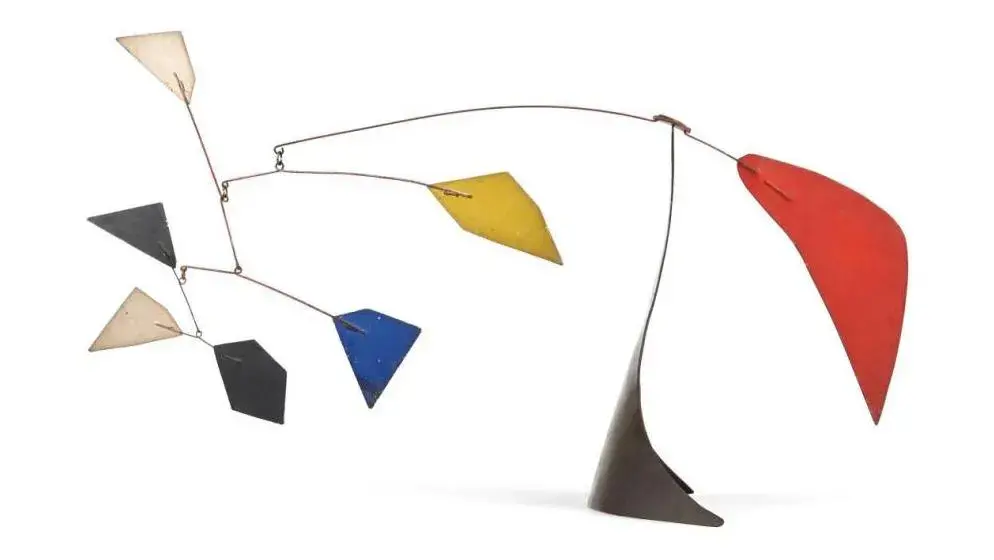Alexander Calder’s1964 Mobile: Sculpture in Motion
Published on

This mature work by the American artist is exemplary of his research into movement. In this mobile, we find the color work that led him to abstraction… Alexander Calder (1898-1976), Polychrome on Brass Wave, 1964, metal, copper, wire and paint, monogrammed “CA” on base, 35.5 x 66 x 8.9 cm/13.9 x 25.98 x 3.5 in.Estimate: €800,000/1.2 M© 2024 Calder Foundation, New York/adagp, Paris In 1964, Alexander Calder had nothing left to prove. At a time when a cycle of retrospective exhibitions was being organized, starting at the Guggenheim in New York and ending at the Musée d'Art Moderne de la Ville de Paris, the









